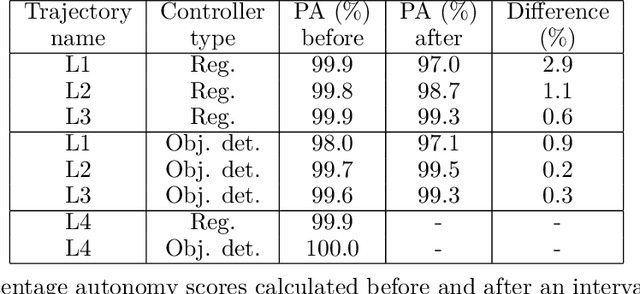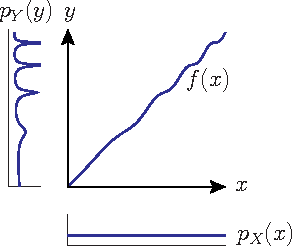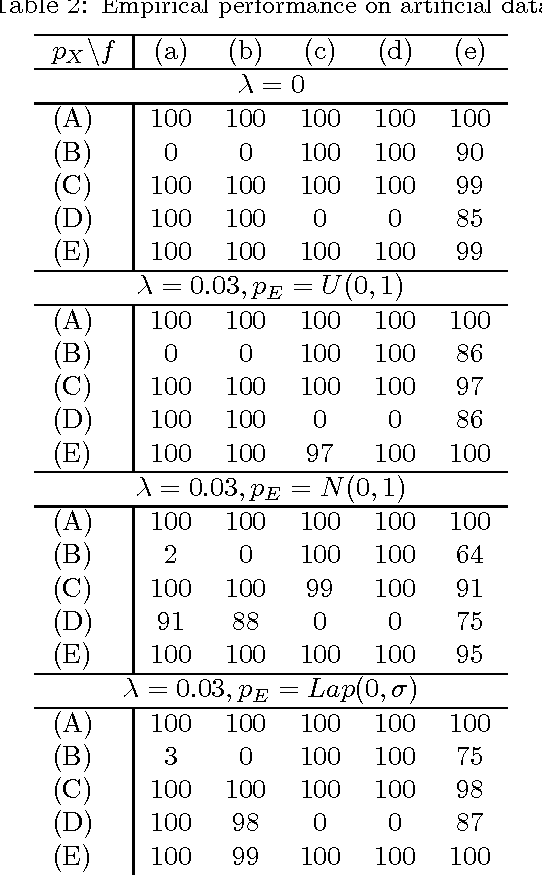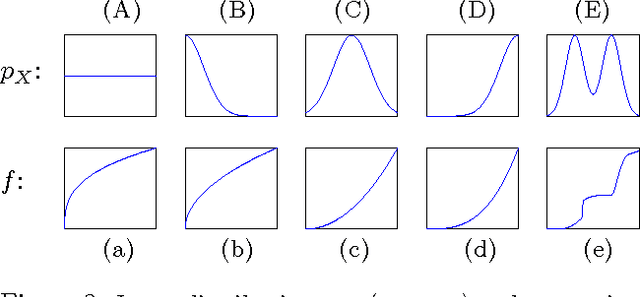Povilas Daniusis
Topological Navigation Graph
Oct 15, 2019



Abstract:In this article, we focus on the utilisation of reactive trajectory imitation controllers for goal-directed mobile robot navigation. We propose a topological navigation graph (TNG) - an imitation-learning-based framework for navigating through environments with intersecting trajectories. The TNG framework represents the environment as a directed graph composed of deep neural networks. Each vertex of the graph corresponds to a trajectory and is represented by a trajectory identification classifier and a trajectory imitation controller. For trajectory following, we propose the novel use of neural object detection architectures. The edges of TNG correspond to intersections between trajectories and are all represented by a classifier. We provide empirical evaluation of the proposed navigation framework and its components in simulated and real-world environments, demonstrating that TNG allows us to utilise non-goal-directed, imitation-learning methods for goal-directed autonomous navigation.
Inferring deterministic causal relations
Mar 15, 2012



Abstract:We consider two variables that are related to each other by an invertible function. While it has previously been shown that the dependence structure of the noise can provide hints to determine which of the two variables is the cause, we presently show that even in the deterministic (noise-free) case, there are asymmetries that can be exploited for causal inference. Our method is based on the idea that if the function and the probability density of the cause are chosen independently, then the distribution of the effect will, in a certain sense, depend on the function. We provide a theoretical analysis of this method, showing that it also works in the low noise regime, and link it to information geometry. We report strong empirical results on various real-world data sets from different domains.
 Add to Chrome
Add to Chrome Add to Firefox
Add to Firefox Add to Edge
Add to Edge